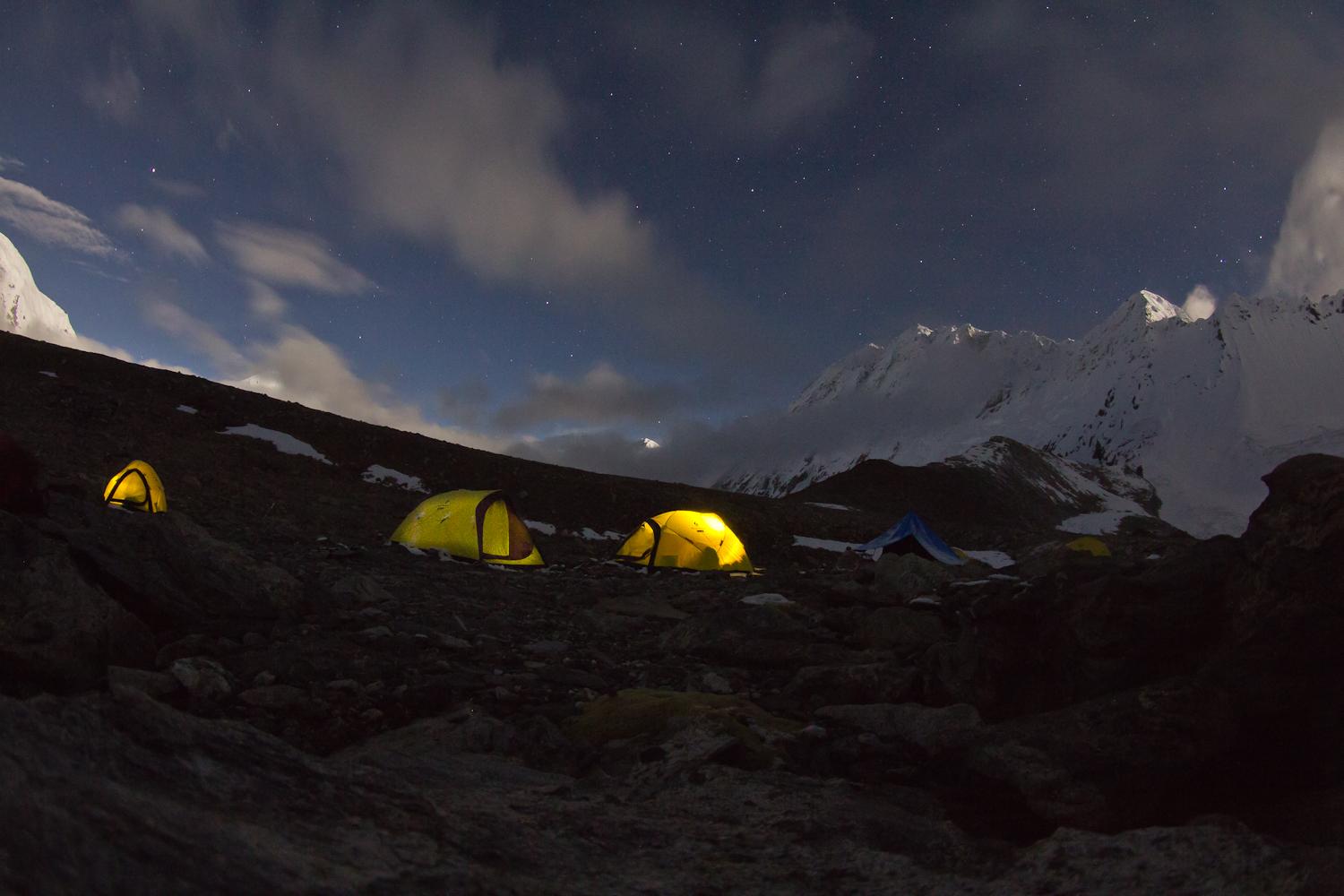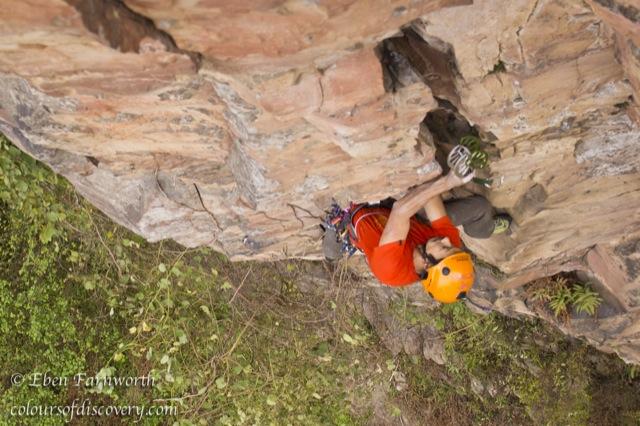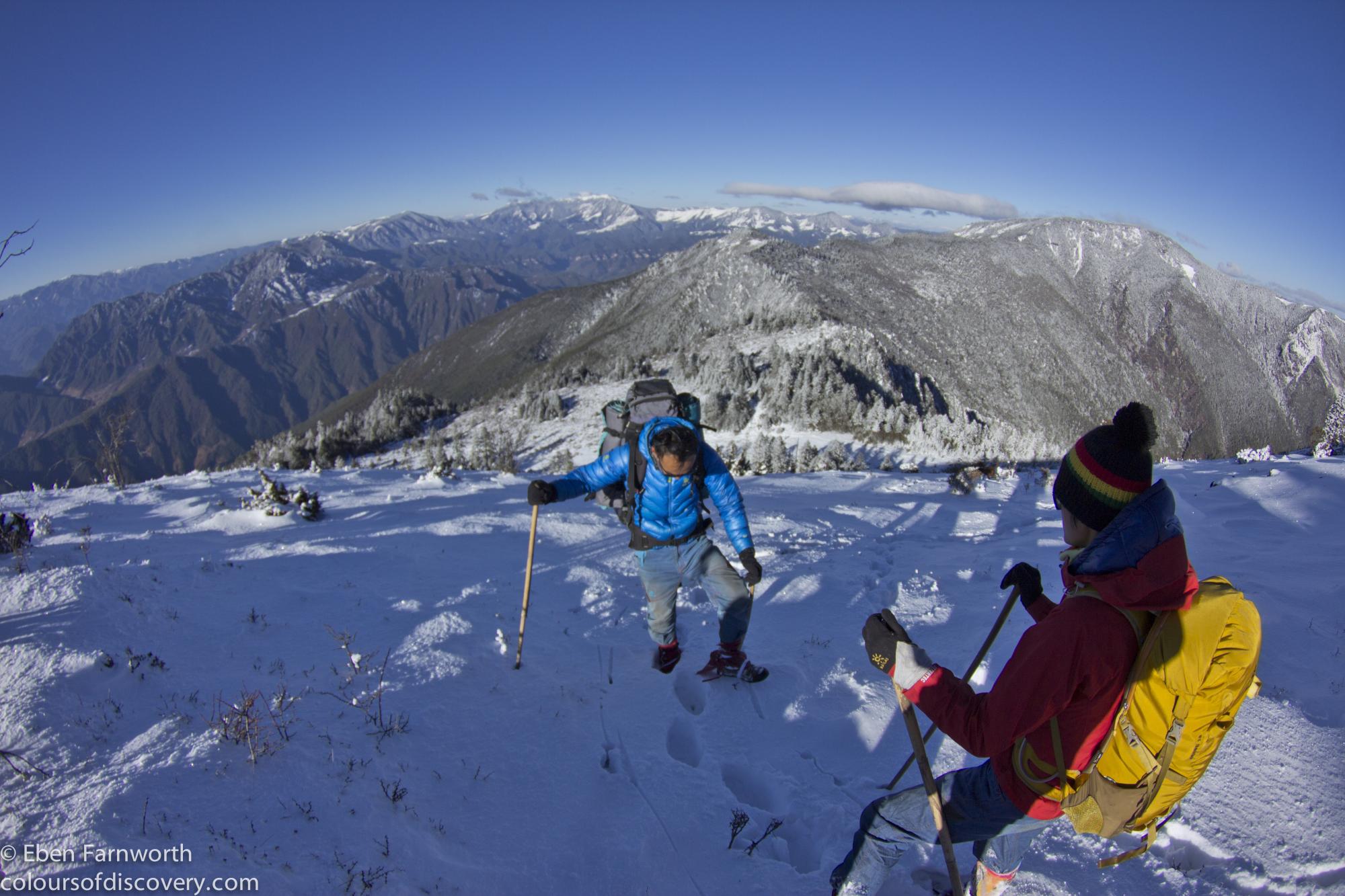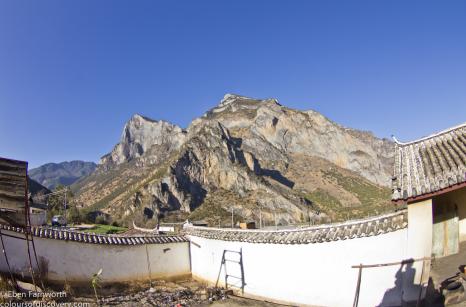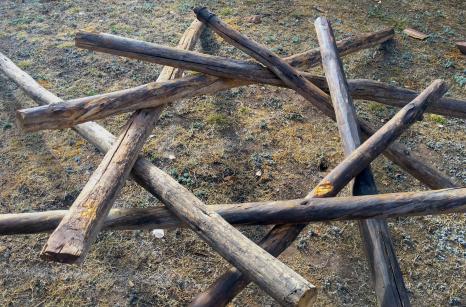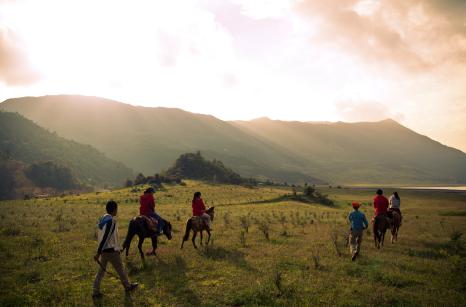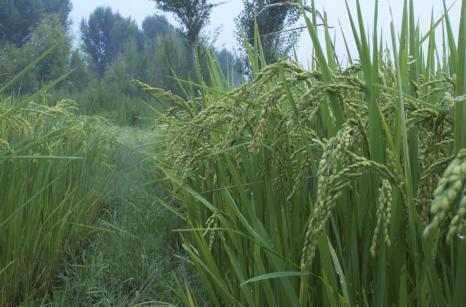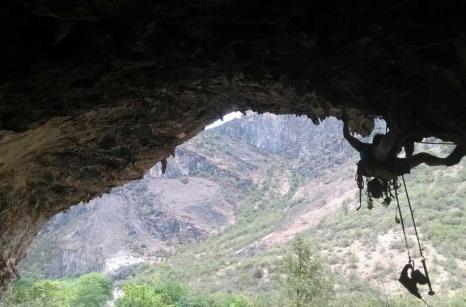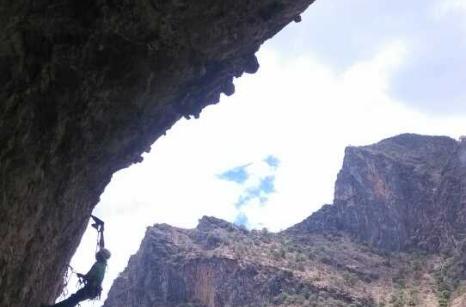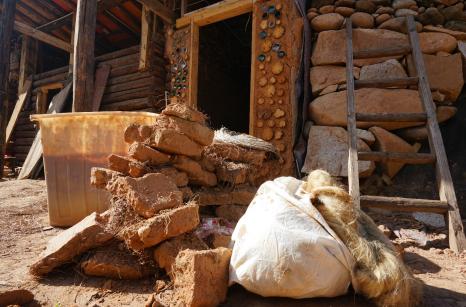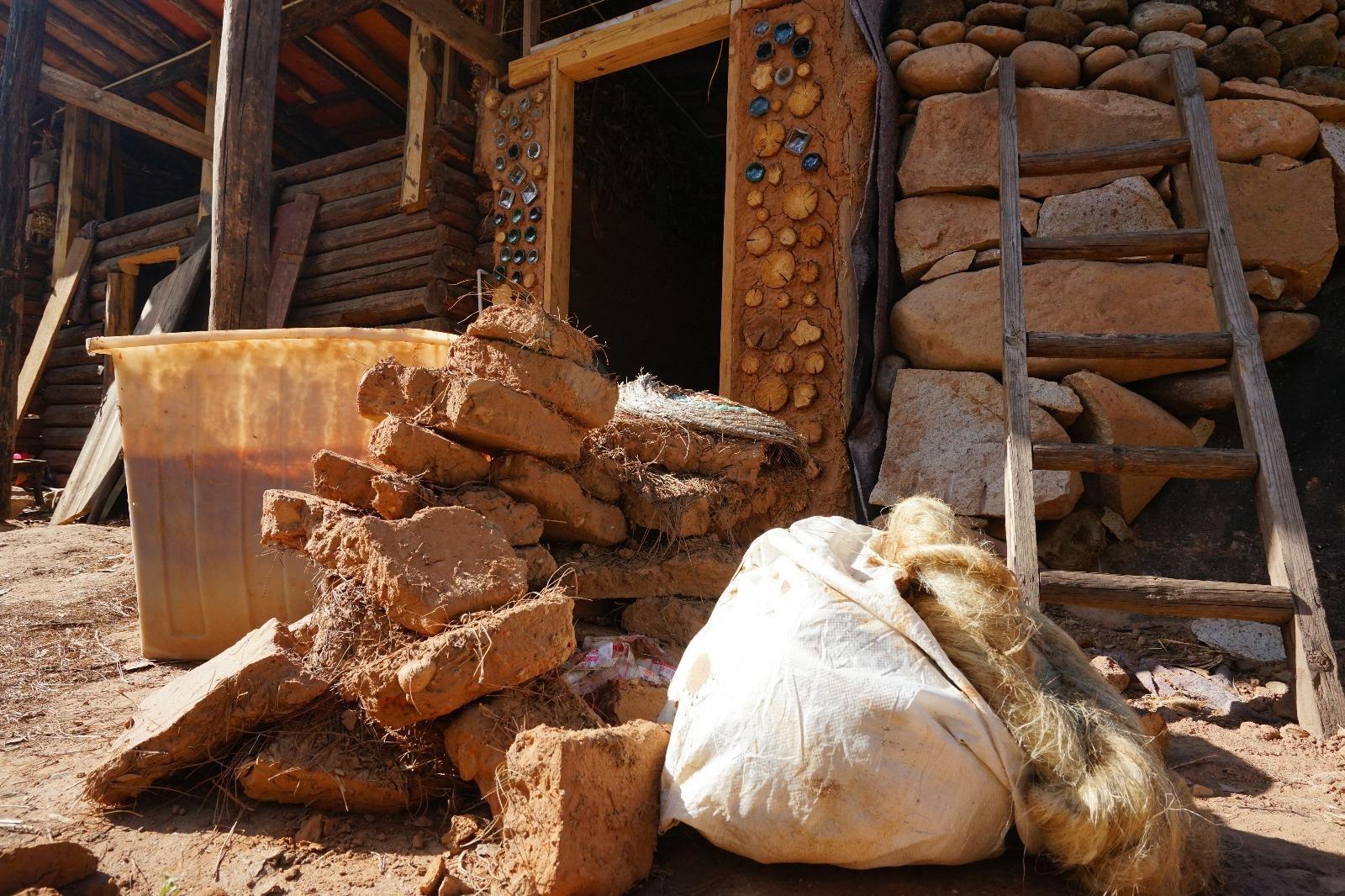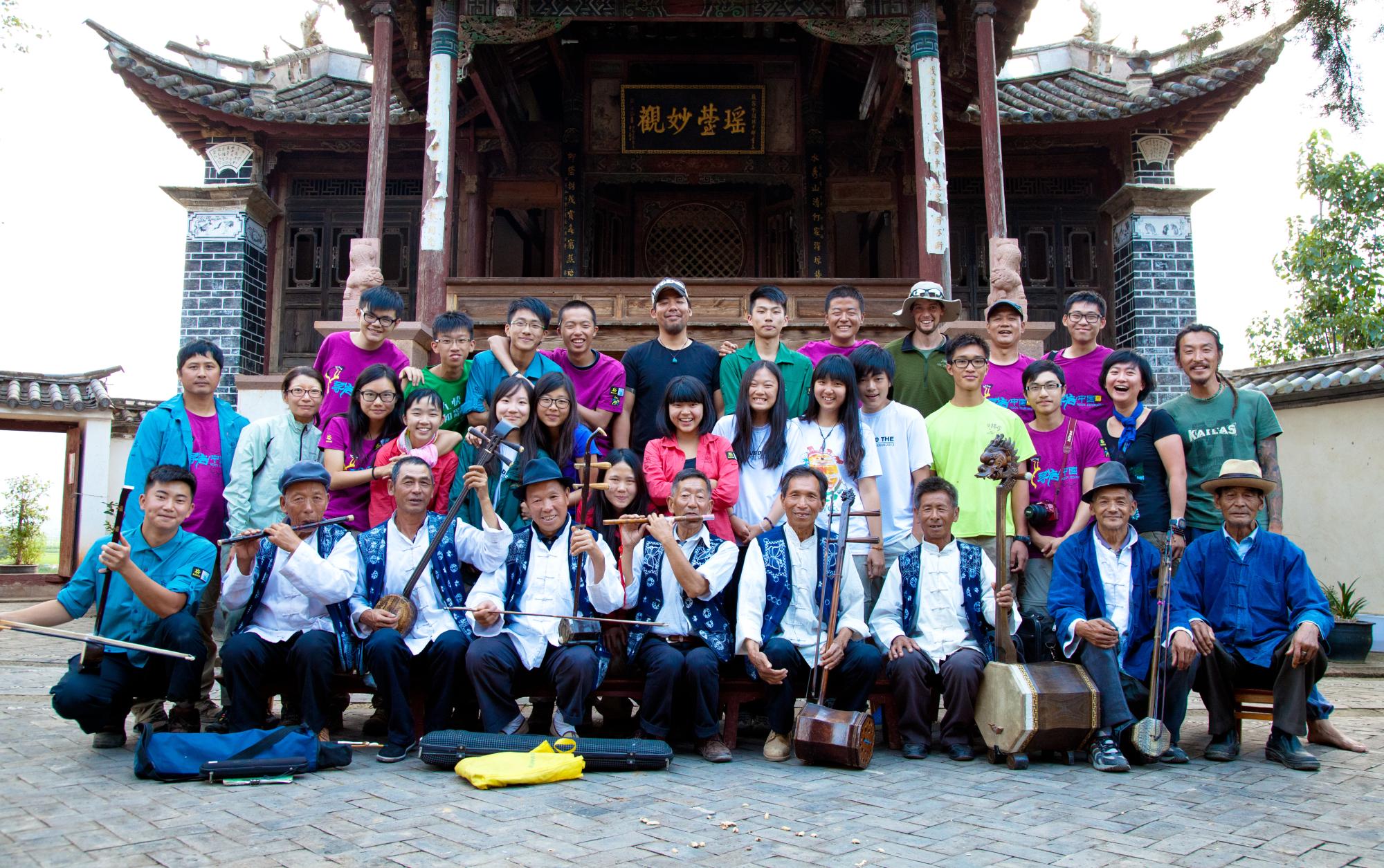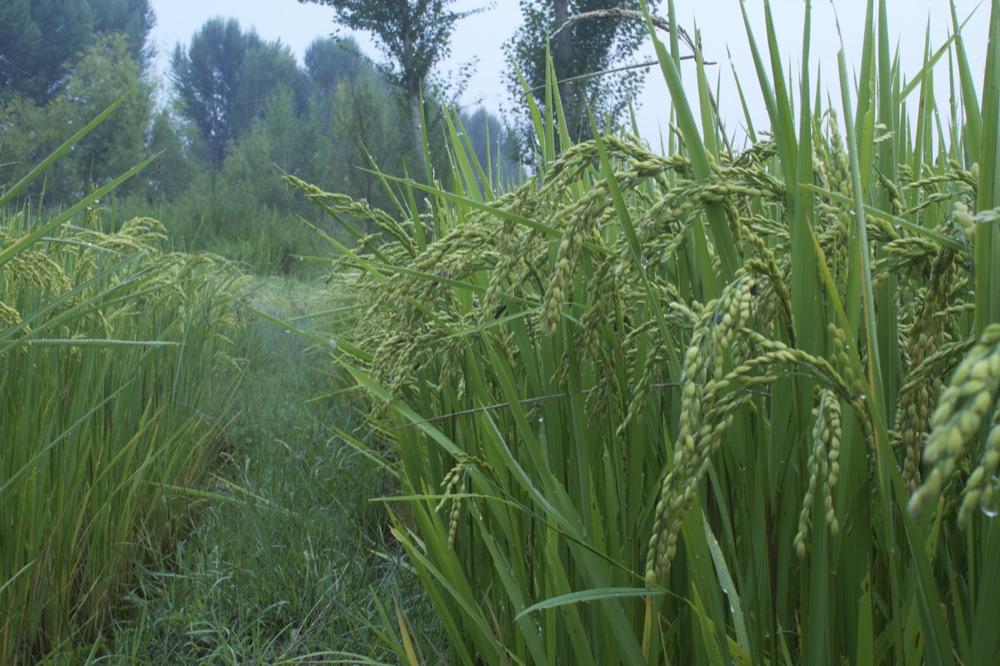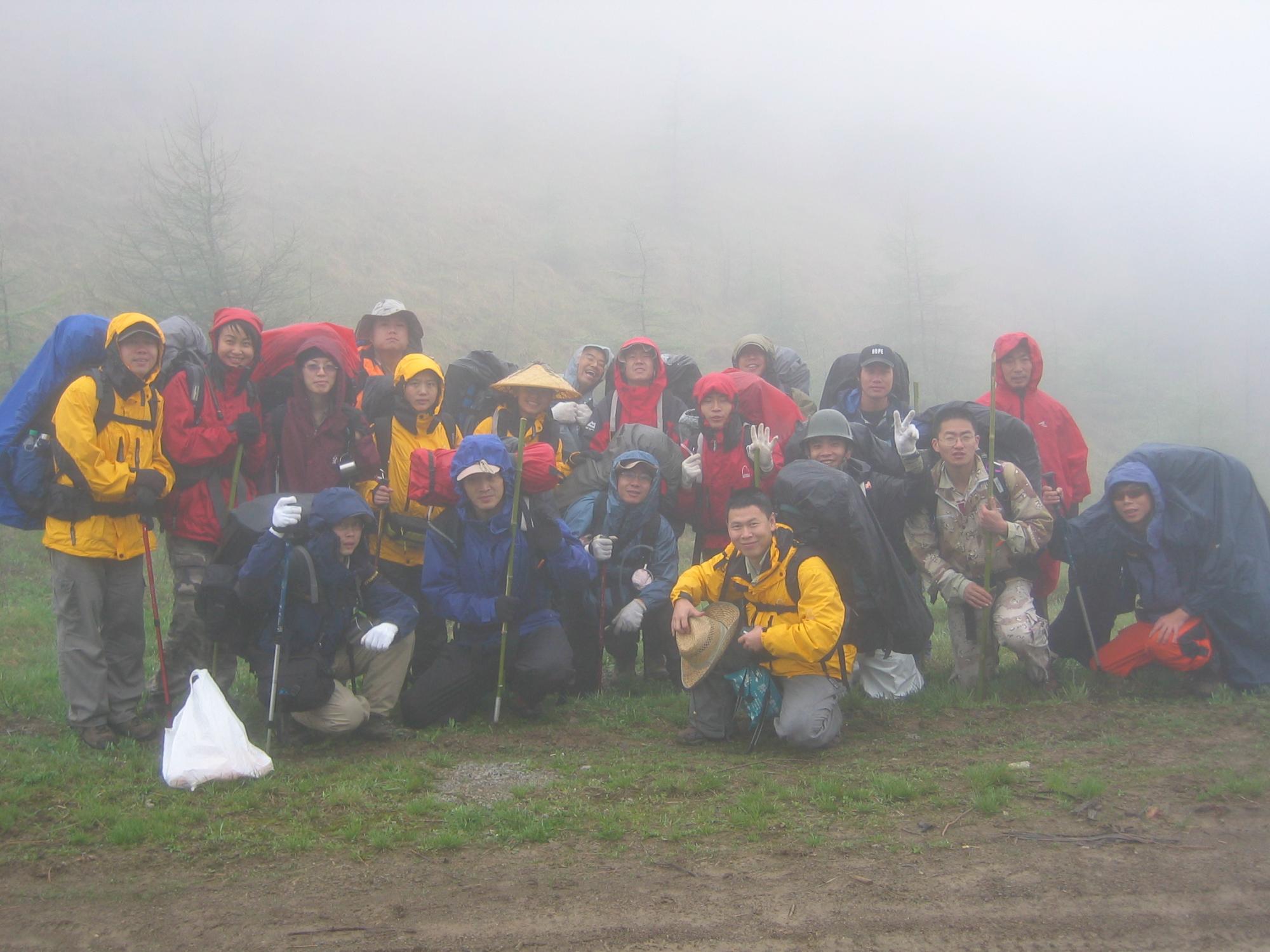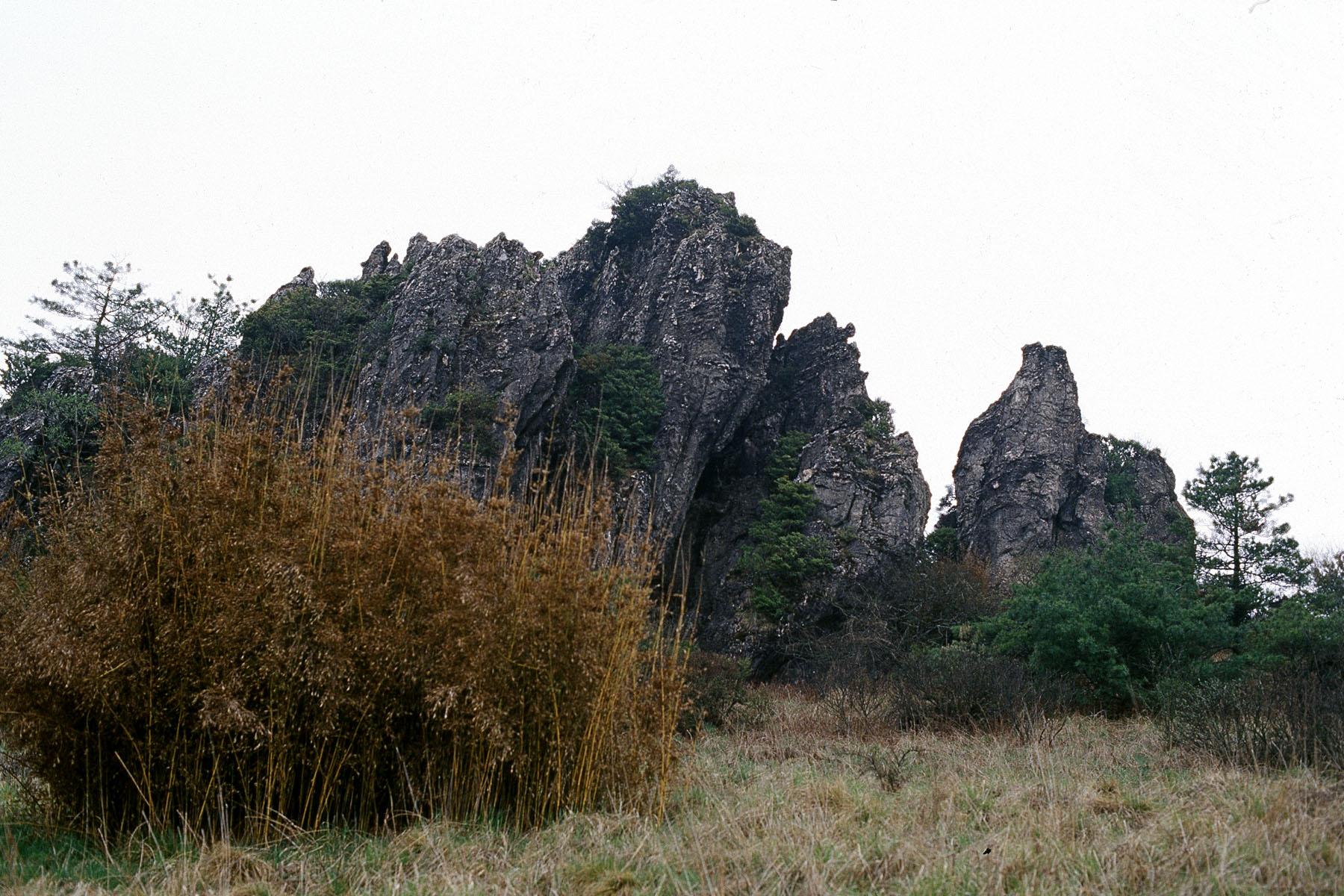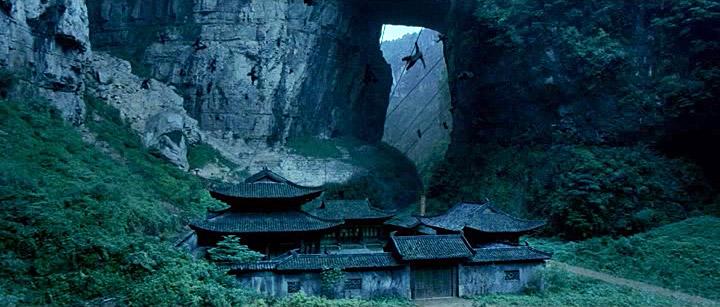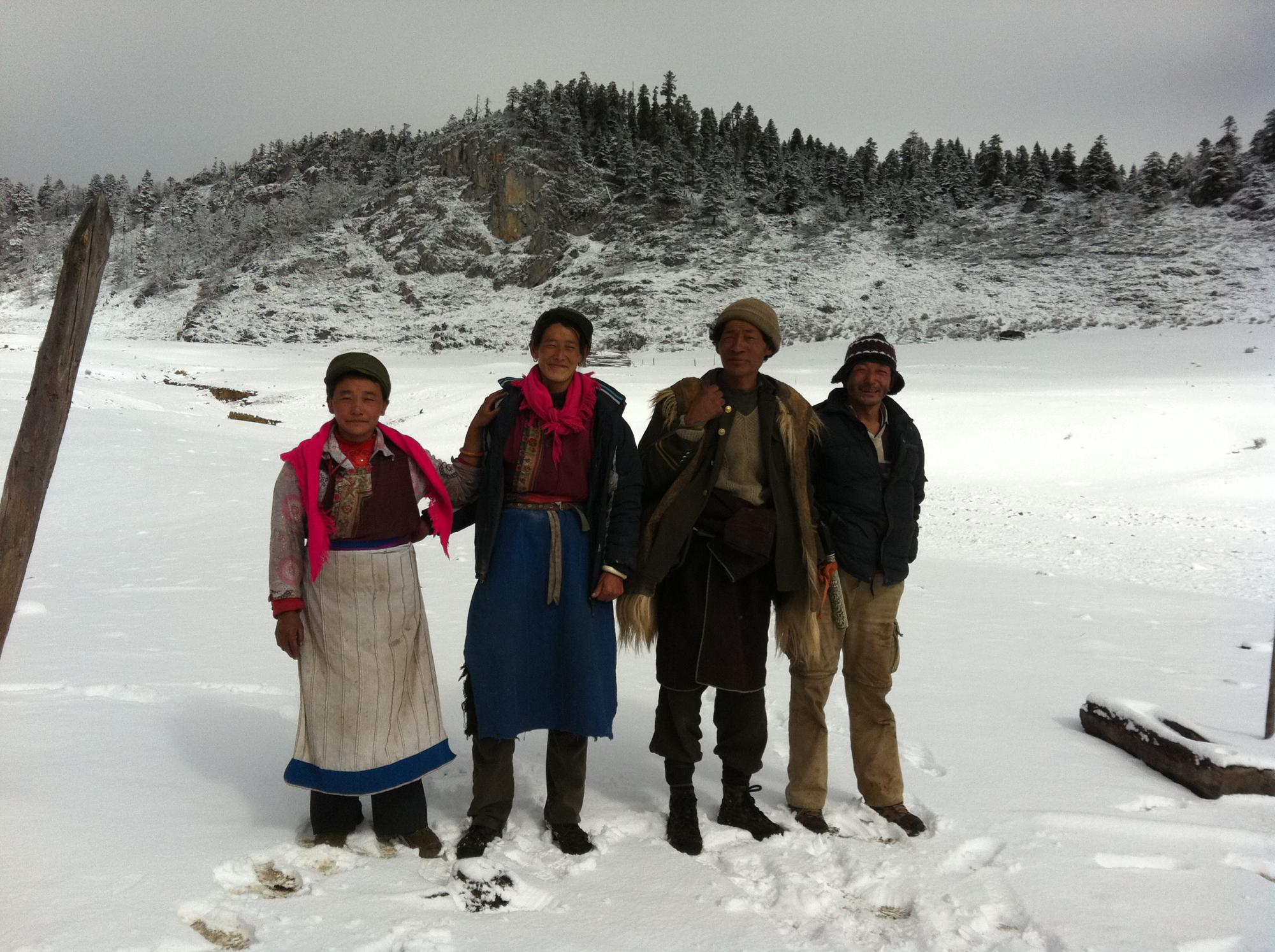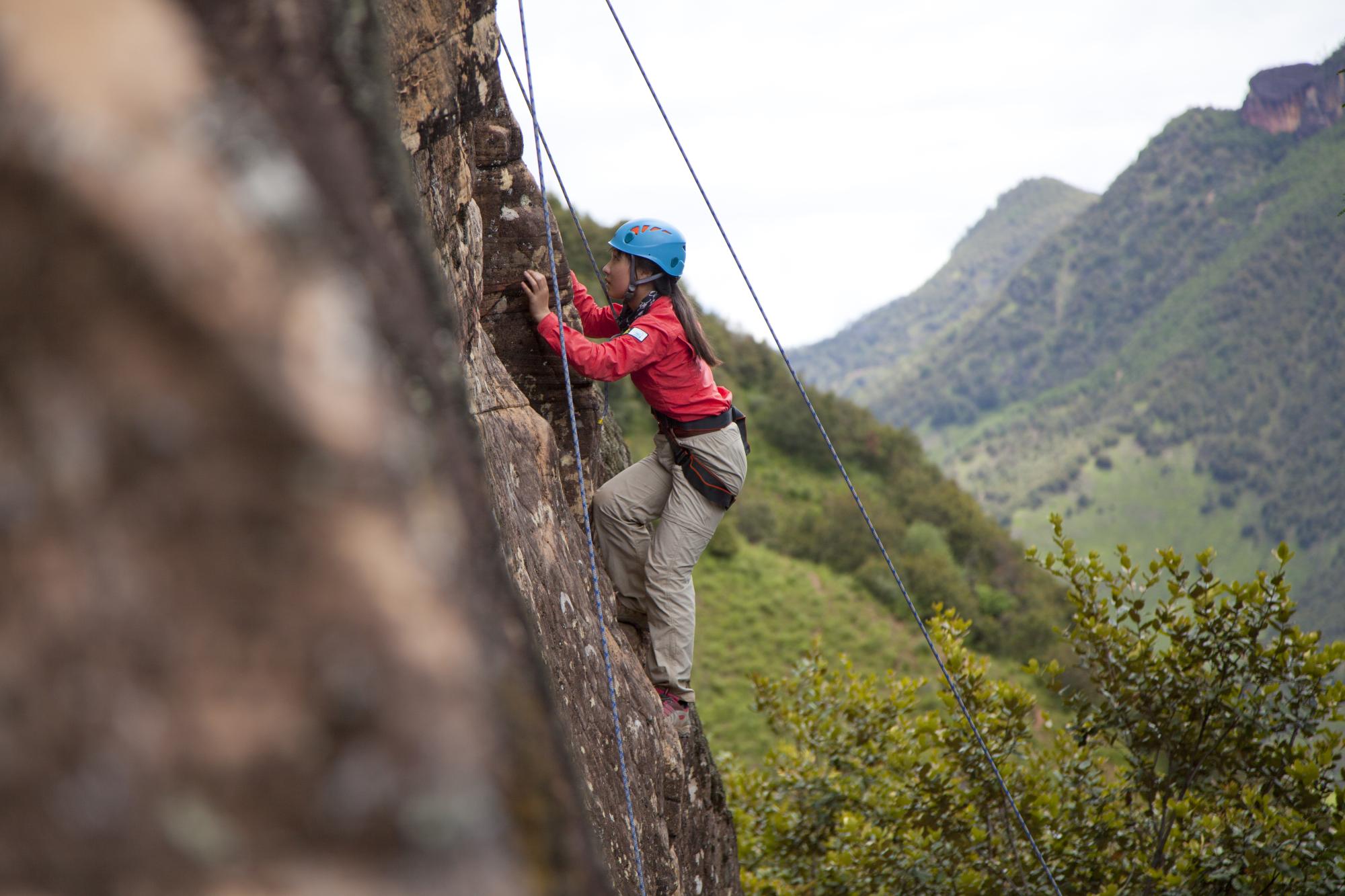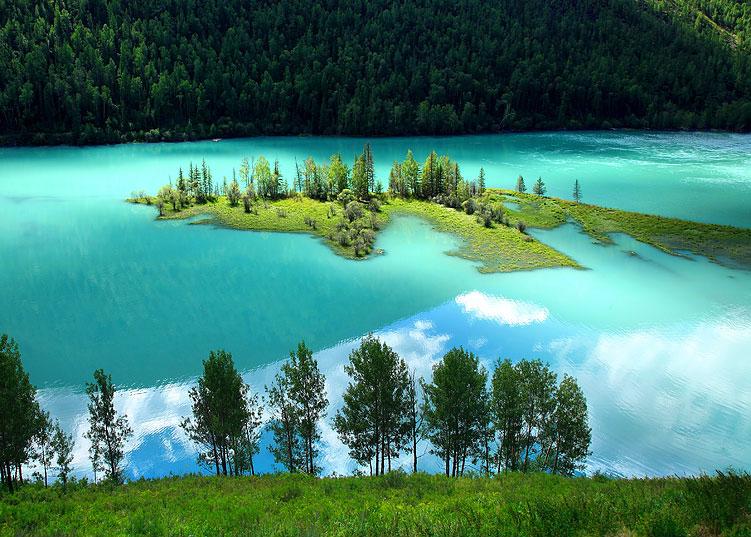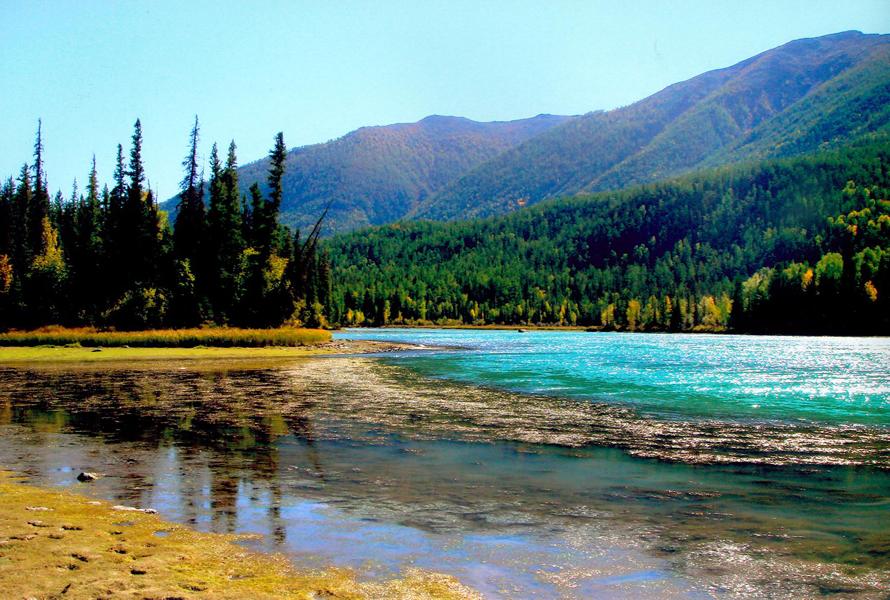Our experienced team have travelled the breadth and width of China and much of the world in search of the most interesting and rewarding programmes both for outdoor adventure, business education and cultural/environmental diversity.
The locations we use are diverse and exotic with culture and adventure abound. Visit our locations page to read about some of the places we have travelled to. For international schools, expats and organisations interested in running student learning programmes in China, they are often met with logistical and cultural challenges. This is where our expertise comes in handy.
This gives us an unparalleled edge in running Chinese expeditions. All our staff are proficient in Mandarin and English, capable of delivering all program contents in English, with back end staff operating and dealing with local people in their respective local languages. Our edge lies in seamlessly smooth logistics, and the savings we bring for your institution as we are able to negotiate a better price for everything from transport to accommodation and food.
